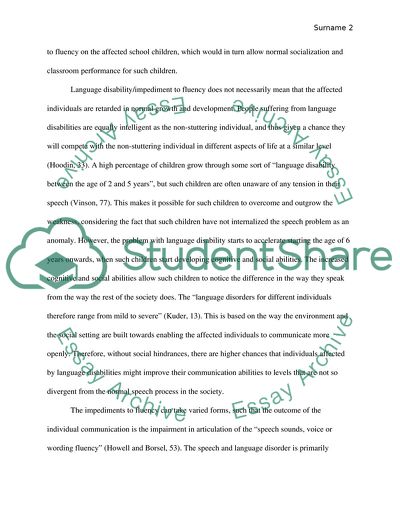Cite this document
(“Language disabilities/impediments to fluency Term Paper”, n.d.)
Retrieved from https://studentshare.org/humanitarian/1671268-language-disabilities-impediments-to-fluency
Retrieved from https://studentshare.org/humanitarian/1671268-language-disabilities-impediments-to-fluency
(Language disabilities/Impediments to Fluency Term Paper)
https://studentshare.org/humanitarian/1671268-language-disabilities-impediments-to-fluency.
https://studentshare.org/humanitarian/1671268-language-disabilities-impediments-to-fluency.
“Language disabilities/Impediments to Fluency Term Paper”, n.d. https://studentshare.org/humanitarian/1671268-language-disabilities-impediments-to-fluency.


